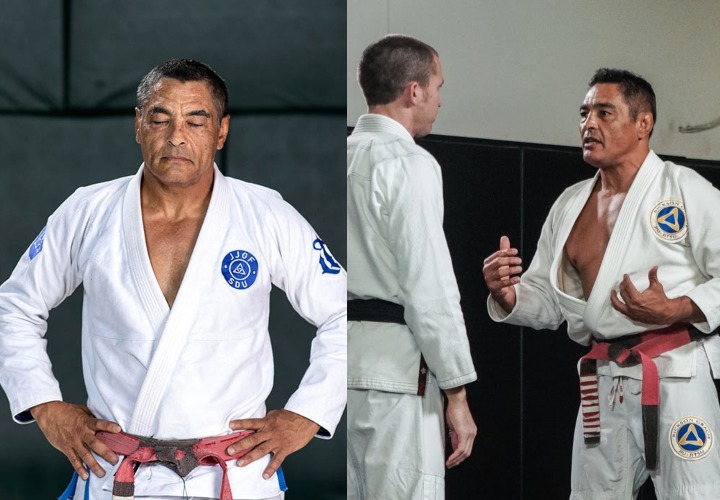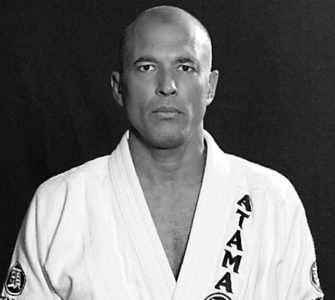“Jiu-jitsu puts you completely in the moment, where you must have a complete focus on finding a solution to the problem. This trains the mind to build that focus, to increase your awareness, your capacity to solve problems.”
In a compelling video, Tim Tackett delves into the practical applications of “Verbal Jiu-Jitsu,” a non-violent approach aimed at de-escalating potential physical confrontations through verbal techniques.
The Technique of Avoiding Fights
Tackett begins his discussion with a sobering anecdote about a casual bar argument that tragically escalated, resulting in one man accidentally killing another and subsequently spending six years in prison for felony manslaughter. This story underscores the critical need to avoid physical altercations at all costs.
Techniques of Verbal Jiu-Jitsu
Throughout the video, Tackett emphasizes the power of words as a defense mechanism. He introduces several scenarios that commonly lead to fights and demonstrates how to diffuse them:
– **When asked provocatively, “What the hell are you looking at?”** Tackett suggests complimenting something about the aggressor, such as their shirt, to shift the conversation from confrontation to a more benign interaction.
– **Responding to “What’s your problem?”** Here, sharing a personal or emotional snippet, like a recent family tragedy, can serve to soften the aggressor’s demeanor and divert the course of the interaction.
– **Dealing with jealousy, as in “Are you looking at my girl?”** Tackett recommends using humor and flattery, pretending to know the girl and then complimenting the aggressor on his good fortune, which could even lead to an offer to buy a drink rather than escalate tensions.
The essence of Verbal Jiu-Jitsu, as presented by Tackett, lies in its potential to transform potentially dangerous situations into non-threatening ones. It’s not just about avoiding physical fights, but also about preserving one’s freedom and safety by managing confrontations through empathy, humor, and strategic communication.
This approach to self-defense encourages individuals not only to learn physical defense skills but to also hone their ability to navigate and neutralize verbal confrontations before they ever turn physical.



















